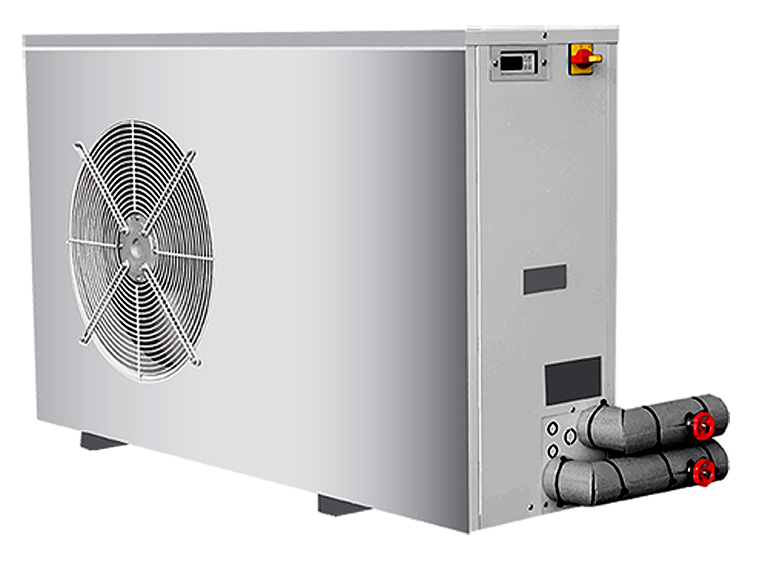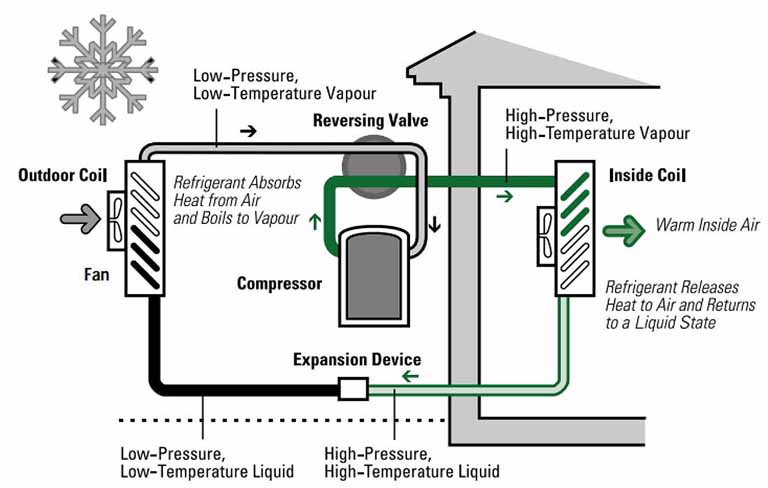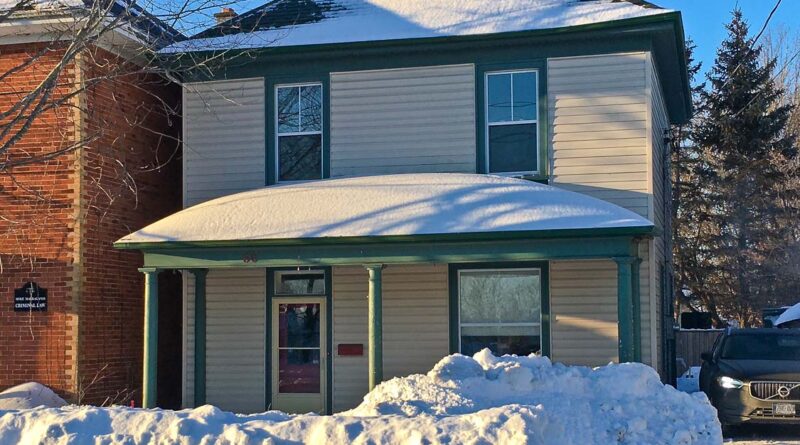The Little House: Searching For A Net-Zero Heating And Cooling System
By Susanne Laperle – Special to SUNonline/Orillia
After a long interlude, things are finally happening at the Little House. Readers with good memories and a lingering interest may recall that this project was kicked off about a year ago, when made a decision to retrofit and expand an aging little house. The goal was, and continues to be, to make the Little House a little bigger and to do it as sustainably as possible.
The house is located centrally in a small town, some distance from Orillia. I was initially concerned that heritage might trump net zero in the community; however, recently I’ve seen substantive and encouraging signs of strong community support for sustainable practices that co-exist positively with both their heritage guidelines and the building code.
Speaking of which, working through the building permit process although drawn out was an eye-opener. New to this process, I was impressed and challenged by the number of green requirements – all requiring professional opinions, surveys, inspections and consultations. The majority of these were related to the lot’s grading plan, stormwater runoff and etc., which will provide ample material for a future article. All this took time and money, and it’s only during the past month excavation started.
Last winter’s energy audit on the house identified three priority areas to reduce emissions: the furnace is very old and noisy, an uninsulated and exposed kitchen floor, and the need to verify and augment the insulation in the walls.
The kitchen wasn’t the original. It was a 1950s addition to the rear of the house and was demolished in preparation for a new addition, which resolved the uninsulated floor issue. Removing the vinyl siding allowed us to check for insulation and we were delighted to see evidence that the Little House has insulation pumped into the walls. That being said, before putting new wooden siding on we plan to do a deeper dive and top up the insulation which may have succumbed to gravity over time. Ensuring a tight seal will be critical to the overall efficiency of the new heating and cooling system.

Next step is to replace the current furnace with an air-sourced heat pump (ASHP). Doing homework about why one should invest in an ASHP I found the Ontario Clean Air Alliance’s study, the Financial Climate Benefits of Electrifying Gas-Heated Homes a compelling document. It makes a reader-friendly case for the long-term economic and environmental benefits of switching from a fossil fueled heating source to a heat pump. This brought us to the next step: how to go about identifying and choose from the various options available.
My contractor was very helpful to identify criteria and options. Criteria for selecting an ASHP include the size required, climate performance, energy efficiency, choosing a central or zone system, cost, reliability, and servicing. Other considerations include compressor type, noise, ducting or no-ducting, and brand. That’s a lot to assimilate and assess. To help me get my head around what was most important and the best options for this decision, I consulted with Don Shakell of Shakell Heating & Cooling Ltd. who has been selling, installing and servicing heat pumps in this area since the 80s.

Don helped me scope out several options. Because of our colder climate, he advised choosing something over-capacity versus buying a smaller unit. He stressed the importance of variable capacity, which is key to ensuring consistent comfort in the home while boosting the overall energy efficiency of the unit itself. We reviewed industry ratings like the seasonal energy efficiency ratio and heating seasonal performance factor. Don described these ratings as akin to miles per gallon and, in both cases the higher the number, the better the performance of your ASHP.
The cost? Well, it’s not cheap, that’s for sure, but there are grants available like the Canada Greener Homes Grant; most homeowners can qualify for a grant of up to $5000 when they switch from fossil fueled furnace to an air-sourced heat pump. The economic argument in favour of an ASHP is a long-term one. It takes between 8 to 12 years for a return on an average-sized home and less time if natural gas and propane costs increase during the same period. The environmental argument to reduce our individual carbon footprint is much more immediate.
Despite being a complete greenhorn in this realm, thanks to some legwork by my general contractor, some expert advice and input from Don Shakell, and my own reading, research and bias towards a sustainable solution I feel confident I made the right decision for the Little House.
There has been an uptick of consumer awareness and demand for ASHP technology, and government grants are helping drive demand to some extent. Despite increasing demand, incentives and improving technology, widespread conversion to heat pumps can only evolve over time.
Although they are a desirable and sustainable alternative to fossil fueled heating systems, market penetration will continue to be affected by the up-front cost and the capacity of both manufacturers and the electrical grid for some time to come. Capacity isn’t there yet, and it will take time for this market to become economically and reliably efficient. And the 3 to 4 month delivery time further underscores the best time to invest in an ASHP is when your current fossil fuelled furnace needs to be replaced.
Meanwhile market movement is afoot. The technology continues to evolve and improve, and, as supply starts to approach demand costs will start to come into line. The key is not to replace your aging furnace with another fossil fueled unit. Commit and plan now to move to an ASHP system when it makes sense for you.
(Images Supplied)
Susanne Laperle is a member of the Sustainable Orillia team and welcomes any comments or suggestions c/o info@sustainableorillia.ca. Please use the heading ‘The Little House.’



